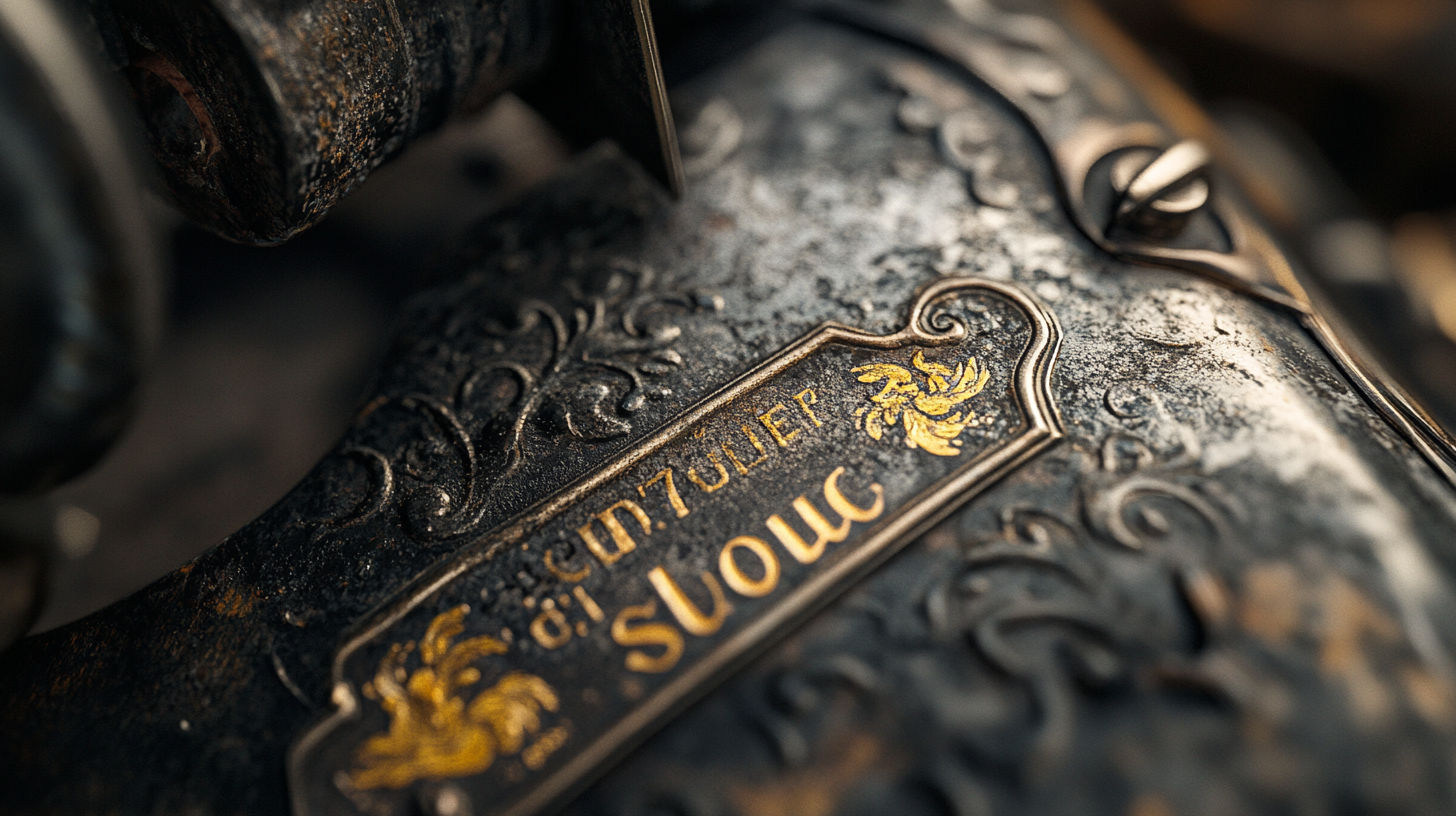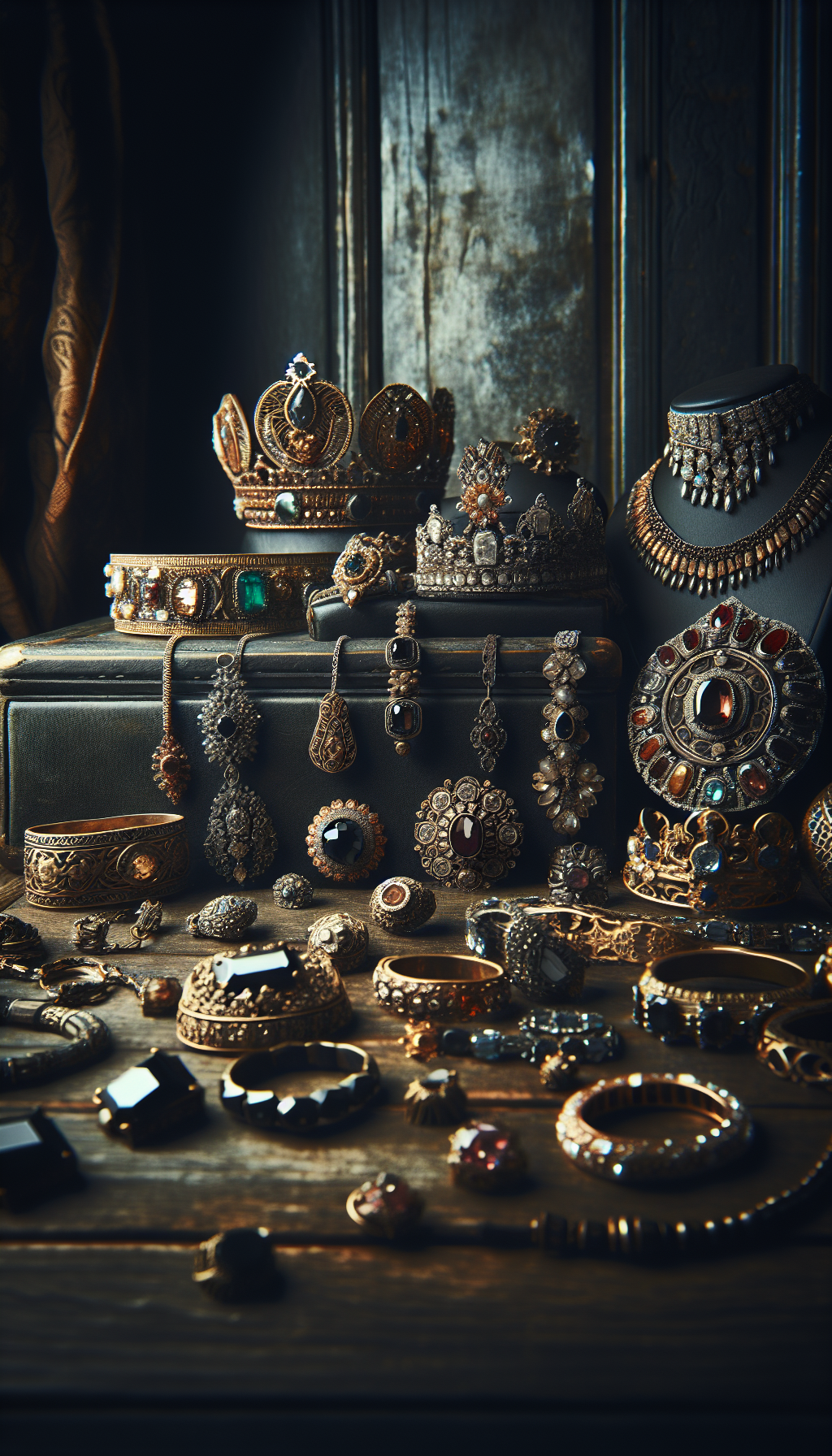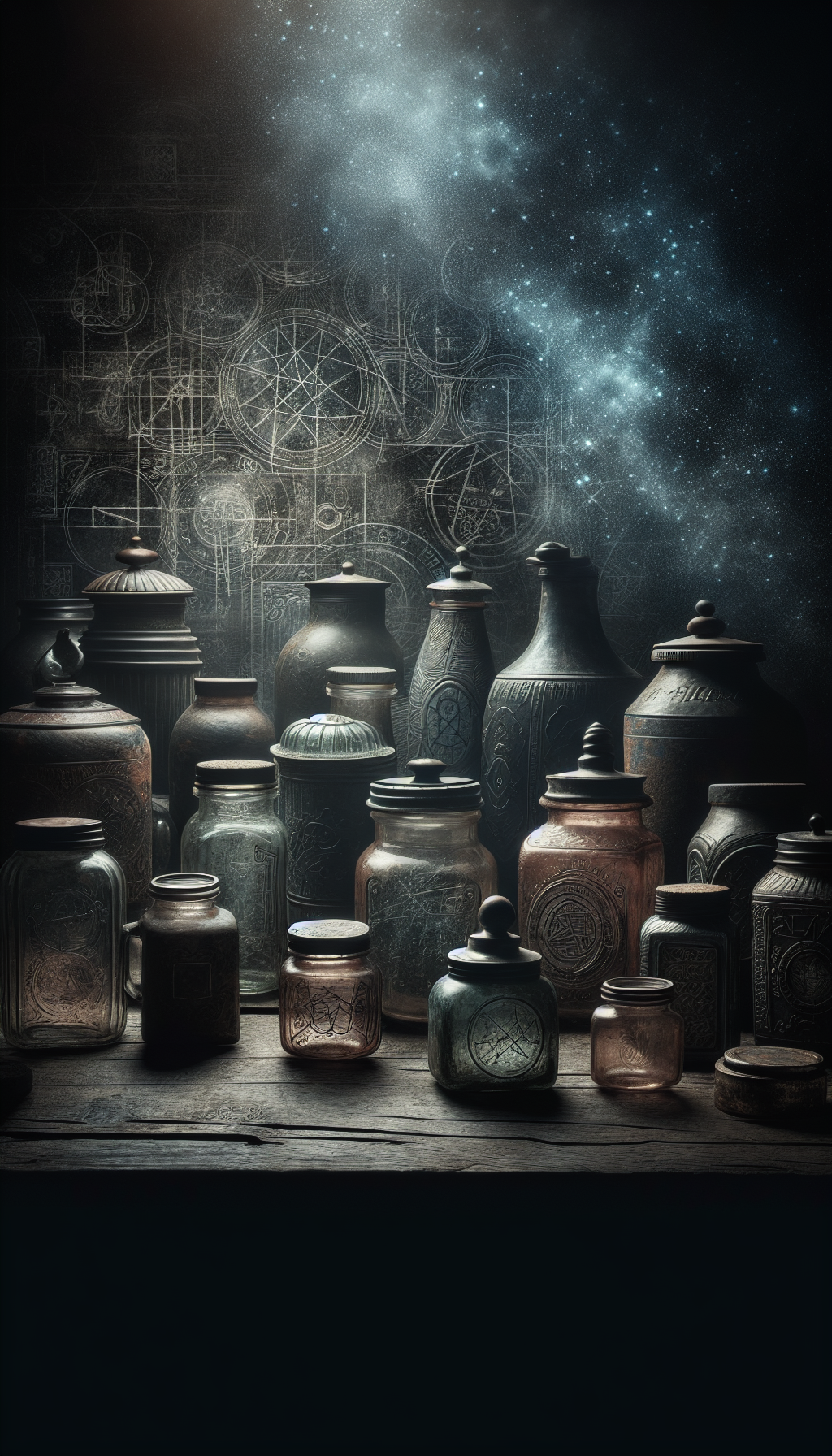</tbody>
</table>
Finding the Serial Number
Singer sewing machines manufactured before 1990 have a serial number that reveals their age and manufacturing location. This number is typically found in one of these locations:
- On the front of the machine, often on a small plate or stamped directly into the metal
- On the bottom or back of the machine
- For treadle machines, on the machine itself, not on the cabinet or stand
Using the Serial Number to Date Your Machine
Once you’ve located the serial number, you can determine when your machine was manufactured using Singer’s online resources or collector reference guides.
For example:
- A serial number starting with “Y” indicates manufacture in the USA
- Serial number “Y123456” would date to around 1920-1921
- Two-letter prefixes became common after 1960
The International Sewing Machine Collectors’ Society (ISMACS) maintains extensive databases that can help pinpoint your machine’s age.
Identifying Special Models and Variants
Beyond the basic model and serial numbers, certain characteristics can indicate special or limited editions that may have higher value:
- Featherweight “Red S”: Check for a red Singer logo on a white machine
- Centennial Edition: Created in 1951 to commemorate Singer’s 100th anniversary
- Tiffany Models: Rare ornate designs with mother-of-pearl inlays
- Unusual decal patterns: “Lotus,” “Sphinx,” or “Gingerbread” patterns are more valuable
If you’re having trouble identifying your model, consulting with a sewing machine collector group or antique sewing machine specialist can provide valuable insights.
Key Condition Factors That Impact Value
Singer Sewing Machine Condition Assessment
Check applicable items to evaluate your machine's condition
Understanding Condition Terminology
When researching or listing a Singer machine, knowing standard condition terminology helps establish accurate value expectations:
- Mint: Appears new with no signs of use, complete with all original accessories and documentation (extremely rare)
- Excellent: Shows minimal wear from normal use, fully functional, with most or all accessories
- Very Good: Fully functional with minor cosmetic issues and most accessories
- Good: Works but may need minor repairs, shows moderate wear, some accessories missing
- Fair: Requires restoration, significant cosmetic wear, major accessories missing
- Poor: Non-functional, requires major restoration, significant parts missing
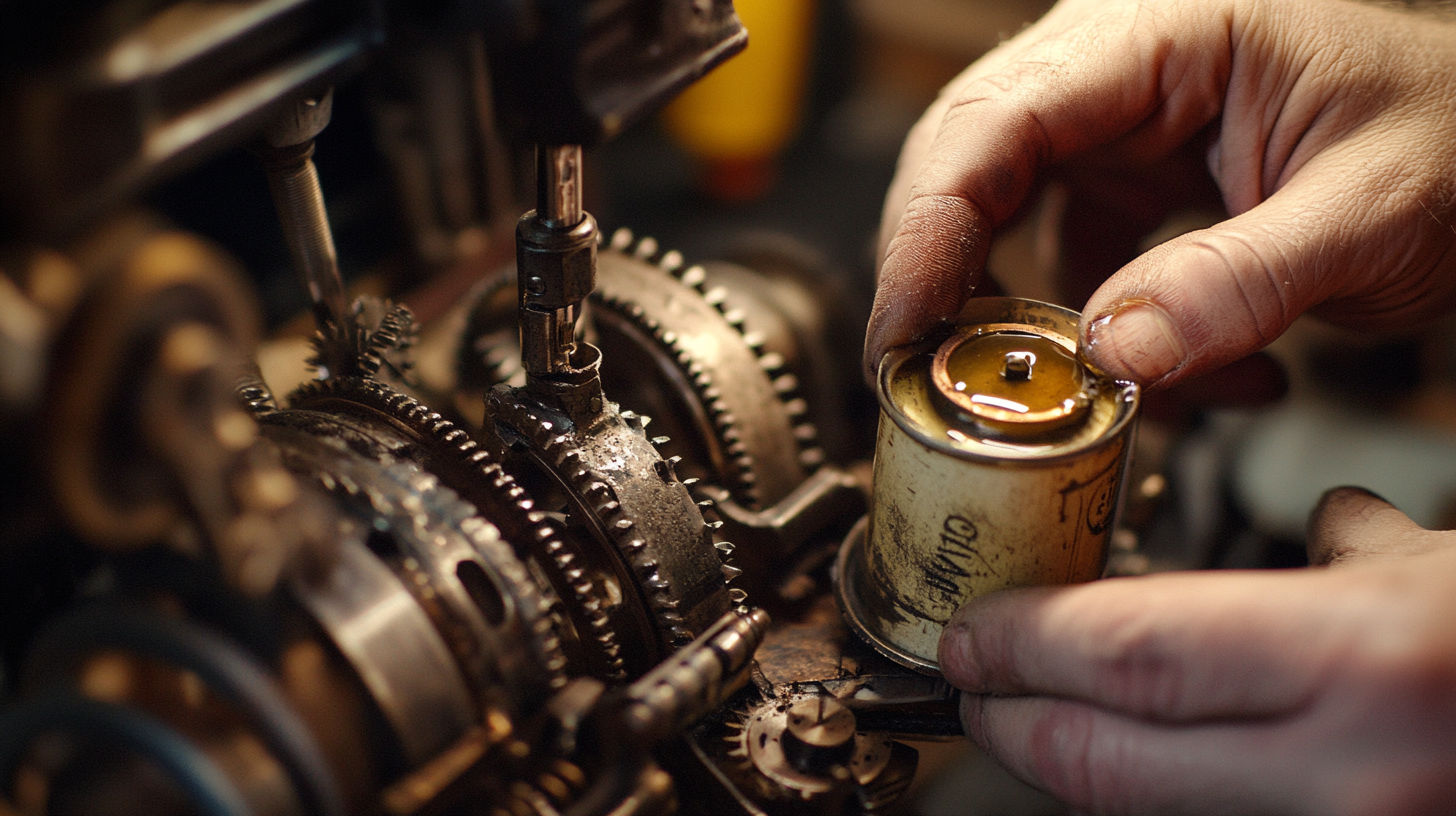
The Value of Original Accessories
Original accessories can significantly increase a Singer sewing machine’s value:
- Original Cases: A Featherweight in its original case can be worth 25-30% more than the machine alone
- Attachments and Feet: Complete attachment sets in original boxes are highly desirable
- Documentation: Original manuals, warranty cards, and receipts provide historical context and increase value
- Bentwood Cases: Early machines with original bentwood covers command premium prices
Restoration vs. Preservation
A common dilemma for Singer sewing machine owners is whether to restore or preserve their machines:
- Preservation generally maintains higher collector value, especially for rare models
- Light cleaning and maintenance (oiling, adjusting) that doesn’t alter original finishes is usually acceptable
- Full restoration can reduce value for collector-grade machines but may increase value for common models in poor condition
- Repainting or refinishing original decals almost always reduces collector value
Best Places to Sell by Machine Type
For Rare and High-Value Models (Featherweights, Pre-1900 Models, Limited Editions)
- Specialty auctions: Auction houses like Christie’s or specialized vintage sewing machine auctions
- Collector websites and forums: ISMACS marketplace, VintageSewingMachines.org
- eBay with detailed descriptions: Most collectors search here first for rare models
- Antique shows: Direct access to serious collectors willing to pay premium prices
For Mid-Range Models (Model 66, 201, 15-91, etc.)
- eBay: Largest audience for mid-range collectibles
- Etsy: Good platform for restored machines with aesthetic appeal
- Facebook Marketplace: Local sales with no shipping concerns
- Antique malls: Booth rentals can showcase machines effectively
For Common Models (1950s-1970s)
- Facebook Marketplace: Best for local, no-shipping sales
- Craigslist: Good for functional machines for sewers rather than collectors
- Consignment shops: Minimal effort required on your part
- Yard sales: Quick sales for common machines
Tips for Getting Maximum Value
- Research recent sales of similar models before setting your price
- Take quality photographs showing all angles, decals, and special features
- Provide the serial number and manufacturing date in your listing
- List all original accessories and documentation included
- Mention any service history or recent maintenance
- Be transparent about any issues or repairs needed
- Offer excellent packaging for shipped machines (crucial for delicate antiques)
Timing Your Sale
The vintage Singer market experiences some seasonal fluctuations:
- January-February: Often sees increased interest as new hobbyists look for machines after holiday gift-giving
- Spring-Summer: General antique market tends to be more active
- October-November: Can be slower as holiday shopping focuses on other items
Online Research Resources
Completed eBay Listings: Search for your specific model, then filter for “Sold Items” to see actual selling prices (not just asking prices)
Specialty Forums and Groups:
Price Guides and References:
- “The Encyclopedia of Early American & Antique Sewing Machines” by Carter Bays
- “The Sewing Machine Master Guide” by Clifford Blickle
- Online databases like Singer Machine Serial Number Database
Auction House Records:
- Review past auction results from houses like Christie’s, Sotheby’s, and specialty auctions
- 1stDibs marketplace for high-end antique prices
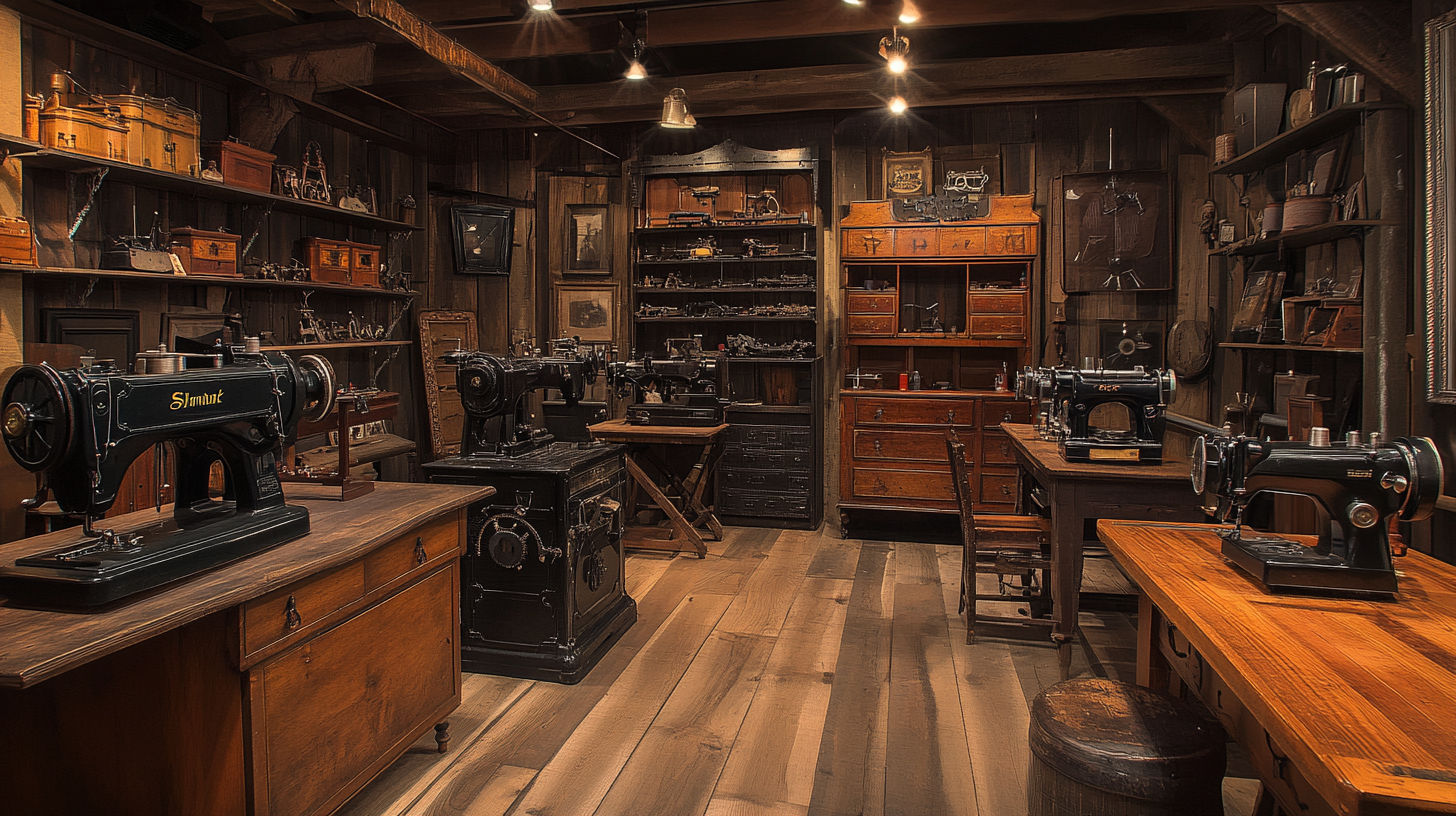
Professional Appraisal Options
For valuable machines or insurance purposes, consider professional appraisal services:
- Antique Appraisers: Look for appraisers with specific experience in vintage sewing machines
- Auction House Specialists: Many offer free initial evaluations
- Online Appraisal Services: Platforms like Mearto offer expert opinions based on photos
- PBS’s Antiques Roadshow Events: Occasionally feature sewing machine experts
Key Factors Appraisers Consider
When researching or getting a professional appraisal, these factors will be evaluated:
- Rarity and Production Numbers: Limited production models command higher prices
- Historical Significance: First-generation or innovative models have added value
- Provenance: Documented history, especially notable previous owners
- Original Accessories: Complete sets significantly enhance value
- Functionality: Working machines are generally worth more than non-working examples
- Aesthetic Appeal: Unusual decals or design features increase collectibility
1850s-1900: The Victorian Era
The earliest Singer machines are highly sought by serious collectors and museums:
- Early Hand-Crank Models (1850s-1860s): $800-$2,500 depending on rarity and condition
- First Treadle Models (1860s-1870s): $600-$1,500 for functioning examples
- “Fiddle Base” Machines (1870s-1880s): $500-$1,200 for models with sphinx or other ornate decals
- First Electric Models (1889-1900): $300-$900 for working examples
1900-1920s: The Golden Age
This period produced some of Singer’s most beautiful and collectible models:
- Model 66 with “Red Eye” Decals (1906-1915): $200-$500
- Model 66 with “Lotus” or “Gingerbread” Decals: $400-$700
- Model 15 (Various Submodels): $150-$300
- Industrial Models from this Era: $250-$600
1930s-1940s: The Featherweight Era
The introduction of the legendary Featherweight defines this period:
- Model 221 Featherweight (First Generation): $400-$700
- Model 201: $200-$400
- Model 15-91 with Potted Motor: $150-$300
- WWII Era “Blackside” Machines: $300-$600 (made with less chrome due to wartime restrictions)
1950s-1960s: Mid-Century Transition
As Singer transitioned to more modern designs, certain models stood out:
- Model 301: $250-$450
- Model 401A (First Slant-O-Matic): $200-$400
- Featherweight 222K Free-Arm: $600-$900
- “White” Featherweight with “Red S” (1964): $1,800-$2,100
1970s and Later: Modern Vintage
Later Singer machines generally have less collector value but may still be sought for practical use:
- Touch & Sew Models: $50-$150
- Stylist Series: $50-$100
- Early Computerized Models: $75-$200
Treadle and Cabinet Values
Ornate cast iron treadle bases with wooden cabinets represent some of the most visually striking Singer accessories:
- Victorian Parlor Cabinet with Sphinx Decals (1880s-1890s): $400-$800 (without machine)
- Mission Style Oak Cabinets (1910s-1920s): $300-$600
- Seven-Drawer Treadle Cabinets (Various Eras): $250-$500
- Bentwood Cases (1870s-1900s): $200-$400
- Simple Four-Legged Tables with Iron Base: $150-$300
The condition of the wood finish, operational treadle mechanism, and completeness of drawers all impact value.
Portable Cases
Cases for portable machines can add significant value when original to the machine:
- Original Featherweight Case with Key and Accessories: $100-$200
- Early Bentwood Cases: $150-$300
- Mid-Century Hard Cases for 301, 401, etc.: $50-$100
- Original Accessory Boxes: $30-$80
Cabinet Features That Add Value
Certain features can increase the value of Singer cabinets:
- Original Finish: Untouched, original finishes are preferable to refinished pieces
- Complete Hardware: All original drawer pulls, hinges, and decorative elements
- Functional Mechanics: Smooth-operating treadle and lifting mechanisms
- Secret Compartments: Some models had hidden drawers or compartments
- Matching Chair: Original Singer sewing chairs can add $50-$150 to the set’s value
Common Value-Reducing Factors
- Converted Electric Motors: Treadle or hand-crank machines converted to electric often lose collectible value
- Repainted Machines: Original finish is highly valued; repainting (especially over decals) significantly reduces value
- Missing Parts: Especially tension assemblies, bobbins, or feed dogs
- Broken Decals: Machines with damaged or worn-off decorative decals lose aesthetic appeal
- Replaced Modern Parts: Non-period-correct replacements detract from authenticity
- Broken Gears or Mechanisms: Non-functioning machines typically sell for 40-60% less than working examples
- Excessive Rust or Corrosion: Surface rust can often be cleaned, but deep corrosion indicates neglect
- Cracked Cases: Especially on Bakelite or plastic components that are difficult to replace
- Poor Restoration Attempts: Amateur repairs can sometimes cause more damage than the original issue
Restoration Tips to Maintain Value
If considering restoration:
- Document the machine’s original condition before beginning work
- Research proper techniques specific to your model
- Use period-appropriate materials whenever possible
- Focus on mechanical restoration rather than cosmetic changes
- Preserve original decals instead of attempting to repaint or touch them up
- Consult restoration specialists for valuable or rare models
Common Questions About Antique Singer Sewing Machine Values
How do I find the value of an old Singer sewing machine?
To determine the value of your old Singer sewing machine:
- Find the serial number (usually on a small plate on the machine)
- Use online resources like the ISMACS database to identify the model and manufacturing date
- Check completed listings on eBay for similar machines in comparable condition
- Consider condition factors (working status, completeness, original finish, accessories)
- Consult collector forums or specialty groups for rare models
- For valuable machines, consider a professional appraisal
Remember that values vary based on location, the current market, and the specific desirability of your model.
Are Singer sewing machines worth anything?
Yes, many Singer sewing machines have significant value, though it varies greatly by model, age, and condition:
- Rare models like the "Red S" Featherweight can sell for $1,800-$2,100
- Pre-1900 models with ornate decals typically range from $500-$1,500
- Popular models like the 221 Featherweight average $350-$700
- Common models from the 1950s-1970s typically sell for $50-$150
Machines in working condition with original accessories and documentation command the highest prices. Even relatively common machines may have value to sewers who appreciate their durability and mechanical simplicity.
How much should I sell my Singer sewing machine for?
When setting a price for your Singer sewing machine, consider:
- The specific model and its rarity (Featherweights command higher prices than common 1960s models)
- Condition (working machines are worth substantially more)
- Completeness (original case, accessories, manuals add value)
- Local market conditions (prices vary by region)
Research completed sales of similar machines online through eBay’s sold listings feature. Price competitively based on comparable machines but be prepared to negotiate, especially for local sales.
For particularly rare or valuable models, consider reaching out to collector communities who might pay premium prices for desirable machines.
What is the most valuable Singer sewing machine?
The most valuable Singer sewing machines for collectors include:
- "Red S" Featherweight 221 (1964) - White with red "S" logo: $1,800-$2,100
- Singer Model 1 and 2 (1850s) - The earliest Singer models: $1,000-$2,500
- Turtleback Singer (1870s) - Named for its distinctive shape: $1,000-$2,000
- Singer 222K Featherweight - Free-arm version of the Featherweight: $600-$900
- Singer Tiffany Models - Ornate, limited edition machines with mother-of-pearl inlays: $1,000-$3,000
Machines with documented provenance (famous owners, historical significance) or in factory-new condition can command even higher prices from serious collectors and museums.
How can I tell how old my Singer sewing machine is?
To determine the age of your Singer sewing machine:
- Locate the serial number (usually on a small plate on the front or back of the machine)
- Visit the ISMACS Singer Serial Number Database online: http://ismacs.net/singer_sewing_machine_company/serial-numbers/singer-sewing-machine-serial-number-database.html
- Enter your serial number to find the manufacturing date
Alternative methods include:
- Identifying distinctive design features and decals associated with specific eras
- Checking for patent dates stamped on the machine
- Looking for model-specific characteristics (certain models were only produced during specific timeframes)
Singer’s consistent serial numbering system makes their machines relatively easy to date accurately compared to other antique sewing machine brands.
Is a 1950 Singer sewing machine valuable?
Singer sewing machines from the 1950s have moderate collector value:
- Standard Models (15-91, 201, 99K): $150-$300 in good working condition
- Model 301 (introduced in 1952): $250-$450 (aluminum successor to the Featherweight)
- Early Slant-O-Matic Models: $200-$400
- Industrial Models: $250-$500
Factors that increase the value of 1950s Singers include:
- Original accessories and attachment sets
- Original case or cabinet in good condition
- Unusual colors or limited production variants
- Documented provenance or interesting history
While not as valuable as earlier models, 1950s Singers are known for their durability and quality construction, making them popular with both collectors and practical sewers.
What is the value of an old Singer sewing machine in a wood cabinet?
Singer sewing machines in original wooden cabinets generally command higher prices than the machine alone. Values vary based on several factors:
- Victorian Parlor Cabinets (1880s-1890s): $500-$1,200 complete with machine
- Mission Oak Treadle Cabinets (1910s-1920s): $400-$800 complete
- Mid-Century Cabinets (1950s-1960s): $200-$500 complete
Key value factors include:
- Cabinet condition and originality of finish
- Working treadle mechanism (for treadle models)
- Completeness of drawers and compartments
- Original hardware and decorative elements
- Matching between cabinet and machine era
Well-preserved cabinets have standalone value even without a machine, as they’re increasingly repurposed as decorative furniture pieces in home décor.
What is the most valuable antique sewing machine?
While Singer machines dominate the collector market, several other antique sewing machines can command premium prices:
- Extremely early models like the 1850s Wheeler & Wilson ($2,500-$5,000 for excellent examples)
- Rare Singer Turtleback models from the 1870s ($1,000-$2,000)
- Unusual designs like the Jones Serpentine ($1,000-$2,500)
- Ornate Victorian models with mother-of-pearl inlays ($1,500-$3,000)
- Singer "Red S" Featherweight from 1964 ($1,800-$2,100)
The absolute highest values are typically achieved by:
- Pre-1860 machines in exceptional condition
- Machines with provable historical significance
- Examples with all original accessories and documentation
- Machines associated with famous individuals or events
Museum-quality pieces with impeccable provenance can occasionally exceed $5,000-$10,000 at specialized auctions.
The most important takeaways for anyone assessing a Singer sewing machine’s value:
- Identification comes first: Use the serial number to accurately determine your machine’s age and model
- Condition significantly impacts value: Working machines in original condition command substantial premiums
- Completeness matters: Original accessories, cases, manuals, and attachments can double a machine’s value
- Some models are inherently more valuable: Featherweights, early models, and machines with rare decals are the most sought-after
- The market fluctuates: Values can change over time as collector interests shift
Whether you’re inheriting a family heirloom, considering a purchase, or preparing to sell, taking time to thoroughly research your specific model will ensure you have realistic expectations about its value in today’s market.
Remember that beyond monetary value, these machines represent important industrial heritage and craftsmanship that spans generations. Many Singer machines made 70-100+ years ago are still fully functional today – a testament to their quality and durability that modern appliances rarely match.
Resources for Singer Sewing Machine Collectors
Whether you’re selling a treasured family machine, beginning a collection, or simply curious about a vintage find, understanding the factors that influence Singer sewing machine values will help you make informed decisions. These mechanical marvels continue to fascinate collectors and practical sewers alike, bridging generations with their enduring design and functionality.
Get a Professional Appraisal
Unsure about your item’s value? Our certified experts provide fast, written appraisals you can trust.
- Expert report with photos and comps
- Fast turnaround
- Fixed, upfront pricing
| Category | Price | Notes |
|---|
| Featherweight 221 (Standard Black) | $350-$700 | Higher value with original case and accessories |
| Featherweight 221 "Red S" Model | $1,800-$2,100 | Rare limited production variant |
| Featherweight 222K | $600-$900 | Free-arm capability adds premium |
| Model 66 "Red Eye" | $200-$500 | Treadle models worth more |
| Model 66 with Lotus Decals | $400-$700 | Rare decorative variant |
| Pre-1900 Fiddle Base Models | $500-$1,200 | Early historical pieces |
| Model 201 | $200-$400 | Known for quality construction |
| Model 15-91 | $150-$300 | Common but reliable model |
| Model 301 | $250-$450 | Aluminum construction |
| Models from 1950s-1970s | $50-$150 | Less collectible but functional |
